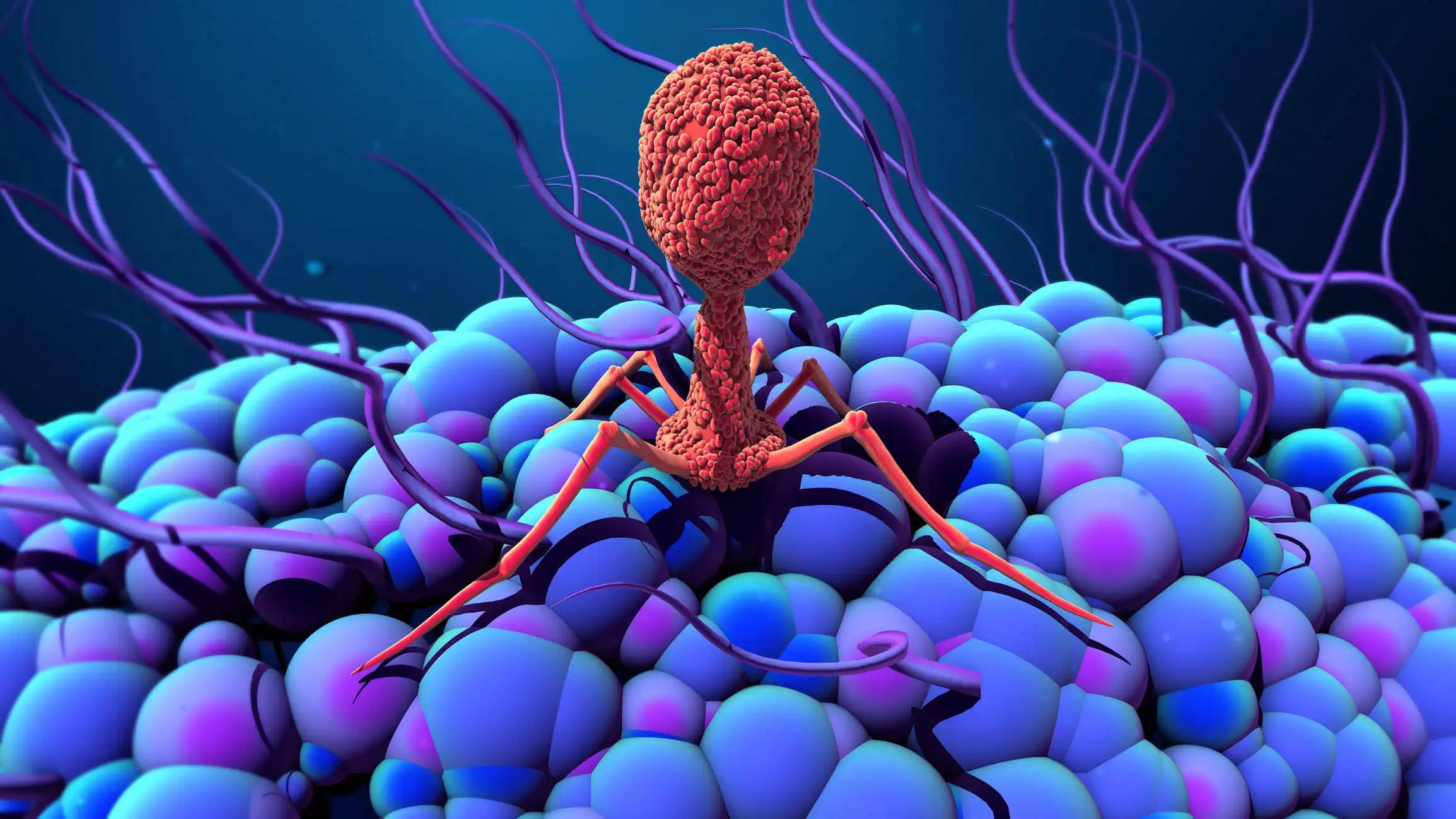KEY TAKEAWAYS
- The phase I trial aimed to estimate the MTD of InO added to DA-EPOCH in R/R B-ALL.
- Adults with R/R CD22+ B-ALL received DA-EPOCH plus InO at 3 doses.
- The study found that adding InO to DA-EPOCH for heavily pretreated R/R B-ALL. With high response rates, many patients are eligible for HCT. Further study is warranted.
Relapsed/refractory (R/R) lymphoblastic leukemia/lymphoma(B-ALL) treatment options are limited, and inotuzumab ozogamicin(InO) with low-intensity chemo is unclear. DA-EPOCH is safe and active for ALL, combined with InO for R/R B-ALL.
Researchers aimed to estimate the maximum tolerated dose(MTD) of InO added to DA-EPOCH in R/R B-ALL.
The study included patients(pts) with R/R CD22+ B-ALL with at least 5% leukemia cells in their blood or bone marrow or at least one measurable disease site outside the bone marrow. Other eligibility criteria included good performance status (ECOG ≤ 2) and no history of certain liver conditions. The treatment consisted of a DA-EPOCH chemotherapy regimen given on days 1-5 and a growth factor called GCSF. Dose adjustments for the chemotherapy were made based on previous treatment cycles. Three different dose levels of inotuzumab ozogamicin (InO) were tested, given on days 8 and 15 of each cycle, at different doses. They aimed to find the highest dose level of InO with a low rate of severe treatment-related side effects (defined as grade 4 or higher) and met specific criteria for toxicity.
The study used a Bayesian Optimal Interval Design after the first five pts received the lowest dose level of InO. The goal was to enroll a total of 24 pts. Response to treatment was assessed using various criteria, including evaluating bone marrow and extramedullary disease response and measuring residual disease using multiparameter flow cytometry and clonoSEQ.
The study involved 24 pts with a median age of 46 years (range: 28-76), and the median prior lines of therapy were 3 (range: 1-16); 13 pts (54%) had previously received allograft (HCT). About 5 pts were enrolled at DL1, 8 pts at DL2, and 11 pts at DL3. There were 4 total DLTs, 1 at DL1 (grade 4 sepsis) and 3 at DL3 (grade 4 hyponatremia; delay for pancytopenia; grade 5 SOS after post-study HCT). DL3 was thus determined to be the MTD. No deaths occurred in the study. About 3 pts (12%) had Grade 3 AST/ALT elevation; the SOS rate was 4%. Other grade 3+ non-heme TRAEs seen in >1 pt included infections (6 pts; 9 events), neutropenic fever (7; 8), and oral mucositis (3; 4). In the pts with ≥5% blood/BM blasts (n=20), the CR/CRi rate was 85%. By MFC, 70% achieved MRD- (45% after 1 cycle); using clonoSEQ, 33% were MRD-. Of the 6 pts with EMD, 83% responded (4 CR; 1 PR). The per-protocol and intent-to-treat (ITT) overall response rate(ORR) was 83%. With a median follow-up of 12 months (m), the median overall and relapse-free survival(RFS) was 19 m and 12 m, 9 (38%) pts received post-study HCT.
The study found that adding InO to DA-EPOCH for heavily pretreated R/R B-ALL is safe and effective. With high response rates, many patients are eligible for HCT. Further study is warranted.
Source: https://ascopubs.org/doi/abs/10.1200/JCO.2023.41.16_suppl.7007
Clinical Trial: https://www.clinicaltrials.gov/study/NCT03991884
Noam Edward Kopmar, Kim Quach, Ted Gooley, Christen Martino, Sindhu Cherian, Mary-Elizabeth M. Percival, Anna B. Halpern, Cristina Maria Ghiuzeli, Vivian G. Oehler, Janis Abkowitz, Roland B. Walter, Elihu Estey, and Ryan Daniel Cassaday. DOI: 10.1200/JCO.2023.41.16_suppl.7007 Journal of Clinical Oncology 41, no. 16_suppl (June 01, 2023) 7007-7007.



